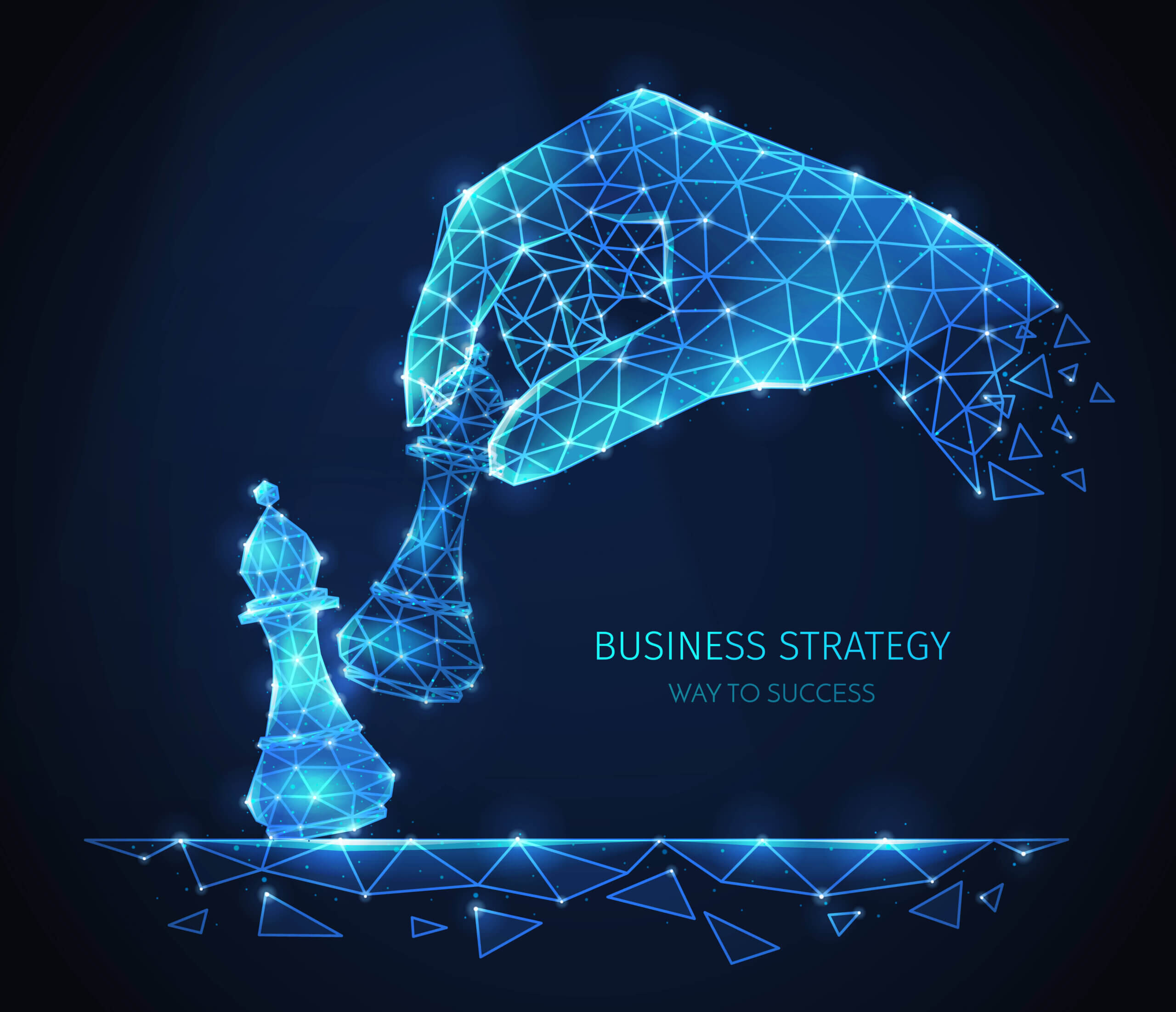(Much of this blog post was published in April of 2010. This post is republished now with additional information from guest blogger, Alan Hough, whose valuable comments are added later on below.)
A common question about Boards is “How many members should we have?” Usually that question spawns a range of answers.
For for-profits, some answers might be “The less members you have, the less the Board will be a pain for the CEO” or for publicly listed corporations, “It depends on requirements of Sarbanes Oxley.”
For nonprofits, “Get people with a passion for the mission” or “Get members who’ll raise money.”
These answers miss the point.
The number of members depends on the approach for staffing your Board. Board members should consider the different approaches and decide which one(s) they’ll use.
Functional Approach
In this approach, members are selected for the skills they bring to the Board to address current strategic priorities. For example, if the organization wants to add many products or programs, then get members who understand product development and marketing. So the number of Board members you have depends on the number of strategic priorities.
Diversification Approach
Members are selected to represent different racial, ethnic, gender or other groups. This is a popular approach on nonprofit Boards. The number of Board members depends on the number of diverse groups you want represented.
Representative (Stakeholder) Approach
Members are selected to represent different major stakeholder groups, for example, different groups of customers/clients, collaborators or geographic regions. The number of Board members depends on the number of different stakeholders you want represented.
Hybrid Approach
This approach combines one or more of the other approaches. For example, a Board might have 20-25 members because it uses a representative approach to include members from various stakeholder groups and also members who have strong contacts with investors or funders. However, that same Board might have an Executive Committee that is staffed with a functional approach — with members who bring skills to address current strategic priorities of the organization.
Group Dynamics Approach
Many organizational development consultants consider groups larger than 10-12 members to have another level of complexity not apparent in small groups. For example, the nature and needs of larger groups are often similar to those of entire ongoing organizations. They have their own various subcultures, distinct subsystems (or cliques), diversity of leadership styles and levels of communication. Thus, many people assert that the size of a Board should not be larger than 10-12 people.
“What Others Are Doing” Approach
Governance experts assert that Boards seem to be getting smaller, for example, Ward (2000) asserts that corporate (for-profit) Boards are getting smaller, from 10-12. Thus, Board members might consider this advice when determining the number of members to have on their Boards.
Passion Approach
This is a popular approach for nonprofit Boards — members are selected who have a passion for the mission. Unfortunately, it usually just results in passionate Board meetings.
Regulatory Approach
Some investors or funders might require certain Board members or skill sets on the Board. For example, public for-profit corporations must conform to rules of Sarbanes Oxley (SOX) legislation, especially regarding inclusion of independent Board members. (Some SOX regulations affect nonprofit corporations, too, and SOX is very likely to affect nonprofit corporations even more in the future.) Nonprofit associations might have bylaws governed by the membership, which dictates the number of members to have on the Board.
Additional Comments About Nonprofit Boards
(The following additional comments are added by guest blogger, Alan Hough.)
In relation to board monitoring (or at least the number of reports that a board receives) O’Regan and Oster (2002) found that there was a strong negative relationship between the number of reports received and board size (>30 directors) and also if the CEO nominated directors to the board.
In relation to board influence, when I last looked at this issue (2007) the results are quite mixed. There was a negative relationship between board size and board involvement in strategic decision-making found in one study (Judge and Zeithaml 1992), no significant relationship found in another (Ruigrok, Peck and Keller 2006), and a curvilinear (inverted-U) relationship found in a third study (Golden and Zajac 2001). Board size was a strong predictor of funding levels in U.S. human service nonprofits, although not of funding increases (Provan 1980). Directors of large boards of New York City nonprofits were more likely to give personally to their organisation, even after controlling for organisational size and subsector of operation, but were less likely to attend board meetings (O’Regan and Oster 2002). However, there was no relationship found between board size and director activity in another group of U.S. nonprofit organisations (Miller, Wiess and MacLead 1988). There was a negative relationship between board size and organisational reputation in Canadian nonprofits (Bradshaw, Murray and Wolpin 1992).
—
So be careful when asserting that a Board must have a certain number of Board members. It depends.
There is a vast range of free, online resources about Boards in the Free Management Library in the topic
Boards.
What do you think?
———————————————————————————
Carter McNamara, MBA, PhD – Authenticity Consulting, LLC – 800-971-2250
Read my weekly blogs: Boards, Consulting and OD, Nonprofits and Strategic Planning.









